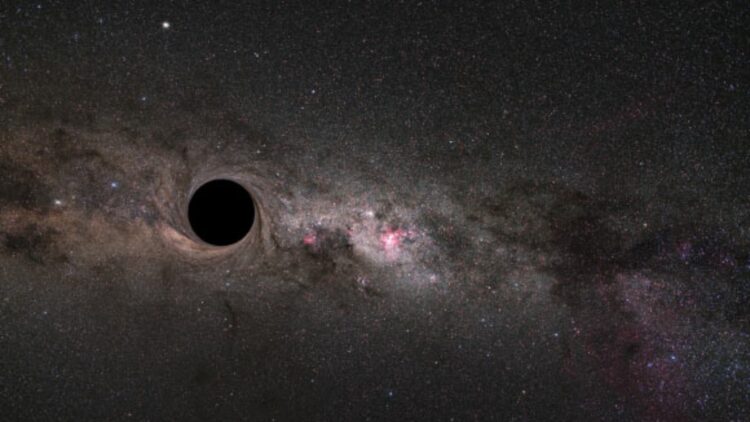Ever since we began accurately measuring the orbits of planets and moons, something curious has begun to emerge in conversations between theoretical physicists and astronomers: what if what’s missing to explain certain cosmic imbalances isn’t a new particle, but rather an object we already know… just on a scale never before imagined? We see that this hypothesis may seem like something out of a science fiction film. Still, it gained traction after new simulations indicated that an invisible event may be passing through our solar system more frequently than we thought.
Invisible forces at play: is something massive slipping through our solar system every decade?
Recent simulations suggested that, every 10 years, something dense and almost imperceptible can pass through the heart of our solar system. And it has nothing to do with catastrophic explosions or collisions; in fact, the change would be much more subtle: a small gravitational “trembling” that slightly affects the orbits of planets like Mars or the Moon.
We’re talking about an event that doesn’t emit light, doesn’t reflect light, doesn’t collide, and can’t even be seen. But, like good cosmic detectives, scientists believe its footprints are in the orbital mathematics. These tiny perturbations would be nearly impossible to notice if we didn’t have such advanced measurement tools.
A black hole the size of an atom: relics from the dawn of time?
This event is called a primordial black hole. But don’t worry, it has nothing to do with the supermassive black holes that devour stars. This is because we’re talking about objects the size of an atom, but with the mass of an asteroid, an invisible particle weighing billions of tons.
They may have formed moments after the Big Bang, at a time when the universe was dense and turbulent enough to generate these “gravitational seeds.” Since then, these mini cosmic monsters are roaming the universe, invisible and silent.
Dark matter or dark mystery: could invisible black holes be hiding in plain sight?
We must remember that so-called dark matter represents about 85% of all matter in the universe. However, to date, no one has been able to see, touch, or capture a single particle of this substance. What we know is that it’s there because we feel its gravitational effects. And for years, physicists bet on particles called WIMPs (weakly interacting massive particles), but after decades of failed tests, attention began to turn to another explanation: primordial black holes.
According to this new line of thinking, if these micro black holes truly exist in abundance, they could perfectly fill the dark matter gap. And since their only interaction with the universe is gravity, this explains why we’ve never seen them directly. The question remains: how can we detect them? After all, they don’t emit light, so they can’t be observed with telescopes, but their gravity can cause planets and moons to “wobble” as they pass nearby, which is where we need to invest.
Could atom-sized black holes solve the dark matter puzzle?
We know that an atom-sized black hole crossing the solar system may seem scary, but it’s not. That’s because even if one were to cross our path directly (which is extremely unlikely), it wouldn’t cause any planetary catastrophe. The chance of it colliding with anything is minimal, given its tiny size compared to the vast space around it.
If we confirm that these black holes exist and behave as simulations predict, it would open a new chapter in cosmology. For the first time, we could have a concrete explanation for dark matter, as well as a new way to understand the structure of the universe. Until we find explanations for dark matter, scientists are saying goodbye to the missing matter in the universe.


